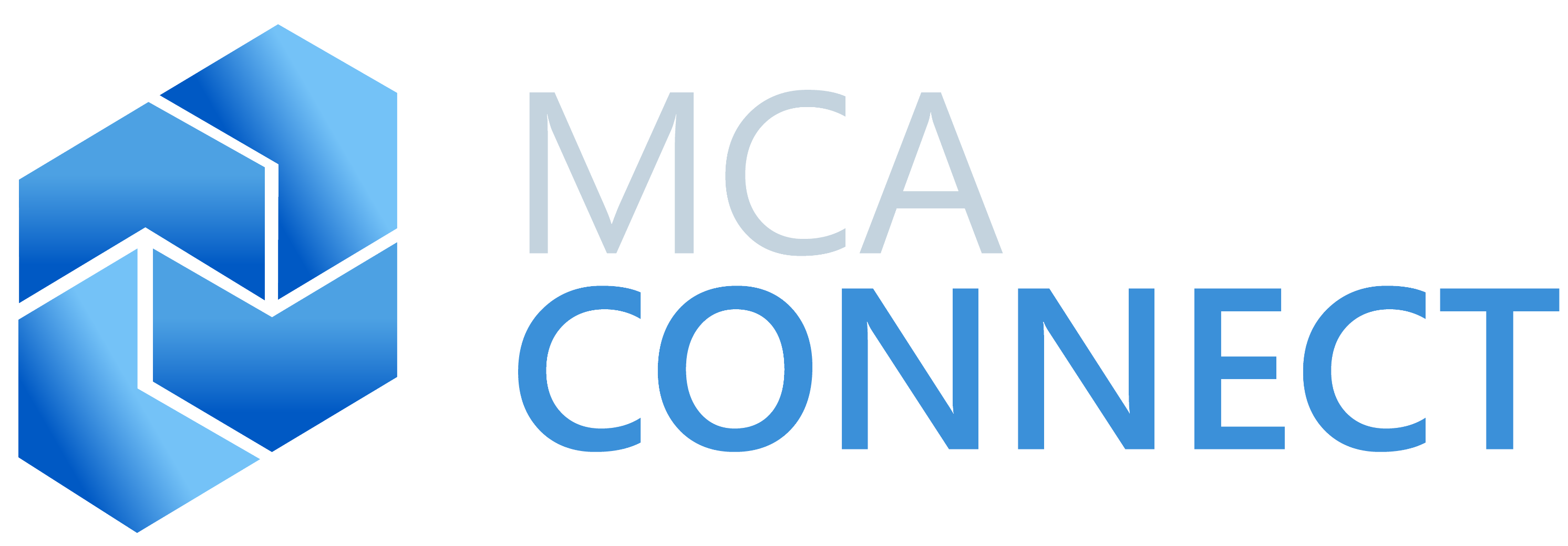Microsoft Forecaster was a great tool for companies with relatively simple budgeting and forecasting needs. It was popular with users who primarily had been trying to manage these processes with massively complex spreadsheets.
Budgeting Beyond Spreadsheets
Moving from spreadsheets to a database-driven approach to budgeting and planning gave organizations the ability to improve collaboration, accelerate workflow, and increase accountability. Plus, the solution provided them with full audit capabilities and better data security.
However, for Dynamics 365 Finance users, Microsoft Forecaster was never really a great fit. Microsoft Forecaster was originally developed by a company called eBudgets.com, which was acquired by FRx Software Corporation in 2001. Owned by Great Plains Software, FRx expanded its product offerings into budgeting and forecasting. Subsequently, Great Plains (FRx and eBudgets) was purchased by Microsoft, and made available in a hosted environment.
Organizations, especially larger enterprises, often found they had to combine multiple reporting tools to get complete budgeting and forecasting visibility. The process was still clunky and required a lot of time and vigilance to keep the datasets in alignment With Microsoft’s direction set on Dynamics 365, it was no surprise when Microsoft announced the discontinuation of the product’s development and support.
Microsoft Forecaster Discontinuation
While Microsoft Forecaster is not available to new customers, lots of organizations are still hobbling along with older versions of the Forecaster platform – or have even reverted to Excel spreadsheets. These companies would greatly benefit from having a modern cloud-based solution to unify and simplify the forecasting and budgeting processes.
Rather than stringing multiple reporting tools together, more and more organizations are looking for a sophisticated FP&A (Financial Planning & Analysis) tool that can handle the complexities of operating a global enterprise.
Future-Proofing with FP&A Models
How do you accurately forecast the future of your business? What happens when there are huge disruptions to your forecast due to economic changes or innovations by a competitor?
Organizations need to be able to react quickly – and with confidence in their decisions. They need to speed up the budget cycle, and have the ability repeat and update the forecasting model as new information emerges. FP&A is a way to simplify and automate the financial and operational planning processes in order to get near real-time business insights.
Typical Financial and Operational Planning Processes
A typical planning process can take months of laborious effort. Planning typically takes place at the various levels of the organization’s hierarchy – the cost centers, the store, the department, etc. Each area pulls from their historical numbers, then layers in adjustment factors – new pricing models, cost changes, new product lines, etc.
The numbers get rolled up to corporate, where then the finance teams can look at the big picture. Their goal is to find out how they can improve results by playing with the numbers. For example, if they increase the marketing budget, what adjustments need to be made in sales or production.
While the budgeting teams are doing all this work, the world keeps turning, and changes keep coming. Making sure everyone is using the latest data is a big area of concern. After all, missing your forecast can have a huge impact on profits and operations, shaking stakeholder confidence.
Typical Financial and Operational Planning Models
Each business area will use their own planning model(s) to develop their forecast. Depending on the type of company, these models include:
- Operational expenditures (OPEX), which represents the day-to-day costs of keeping the business running
- Capital expenditures (CAPEX), which budgets for major purchases, such as building expansions or equipment replacement, that serve the long-term future of the organization
- Production plans, which forecasts manufacturing quantities, production costs, and determines cost of goods sold (COGS)
- Sales forecast, which predicts how many units will be sold, and the profit margin of each sale. It may also include the marketing budget, or that may be a separate item.
- Capacity planning, to help the company plan for future growth, deciding what to produce, from which plant / service area, and what resources are needed to be added or reduced based on the forecasted surplus or shortfall
- Human resources and workforce planning to look at benefits and salaries, and decide how to allocate labor and resources across the organization
- Inventory planning, accounting for obsolescence and safety stock levels
- Plus, the financial budgeting and financial reporting staples like the profit and loss (P&L), balance sheet, cashflow, and aging receivables reports that are needed to keep businesses afloat
The Challenge with Rolling Up Business Area Plans
While a company may use the data from CRM or ERP as a starting point, forecasting and budgeting is best done in an external system. Most of those systems are rigid and cannot change as quickly as needed. Without a viable alternative, the budgeting team frequently ends up living in Microsoft Excel for weeks or even months at a time.
We love Excel, but it has limitations. With so many people involved in the planning process, most of the time and energy goes into figuring out how to consolidate so many business units into a single business view, rather than finding the right levers to impact results. As a result:
- Department plans stay largely disconnected. The sales forecast and HR plan aren’t truly linked to the financial planning model.
- The budgets are built more on a “gut-feel” than on data-driven calculations. There’s no easy way to do scenario modeling and see “what happens if” and see the results in near real-time.
- People run out of patience and time trying to build a complex forecast, opting instead for simple calculations that can be wildly inaccurate.
Inaccurate budgets lead to bigger problems downstream. Overproduction goes to waste. Underproduction is both frustrating for customers who have to wait, but also creates a missed revenue opportunity. For a publicly traded company, a missed forecast can negatively impact the company’s reputation and stock price.
Moving to a True FP&A Solution
Instead of using Microsoft Forecaster, Excel spreadsheets, or some other homegrown budgeting tool, companies are turning to MCA Connect for a true financial planning and analytics (FP&A) solution.
FP&A leverages and consolidates data from multiple systems, meaning less manual manipulation and data entry, and more time for data analysis. The solution provides both operational and financial forecasting, built on one consolidated data warehouse, with easy reporting and dashboards.
Top 3 Advantages of MCA Connect’s FP&A Solution
- The planning process becomes much simpler, more automated and repeatable, which gives companies an opportunity to create forecasts more frequently, and with greater accuracy. Workflow options keep the process moving forward and foster better cross-departmental collaboration.
- The insights are more reliable because the data is validated and pulled live “in real time” from the source line of business systems (Dynamics 365, ERP CRM and even other databases and spreadsheets).
- Operational forecasts and financial forecasts are inter-related, allowing departments to respond to each other’s forecasts. For example, as the sales manager changes the sales forecast, the production manager can adjust the demand and production plans, which may then trigger HR to adjust salaries or headcount forecasts.
To speak with someone at MCA Connect about financial and operational planning, contact us. Fill out the form and we’ll be in touch.
Author: David Bence, Director- FP&A
{{cta(‘d3faca7f-dae1-475a-b91b-d50ad7236e20’)}}
Other articles you might be interested in:
{% set pop_posts = blog_popular_posts(‘default’, 3, ‘iot-analytics’) %} {% for pop_post in pop_posts %}
{% endfor %}

